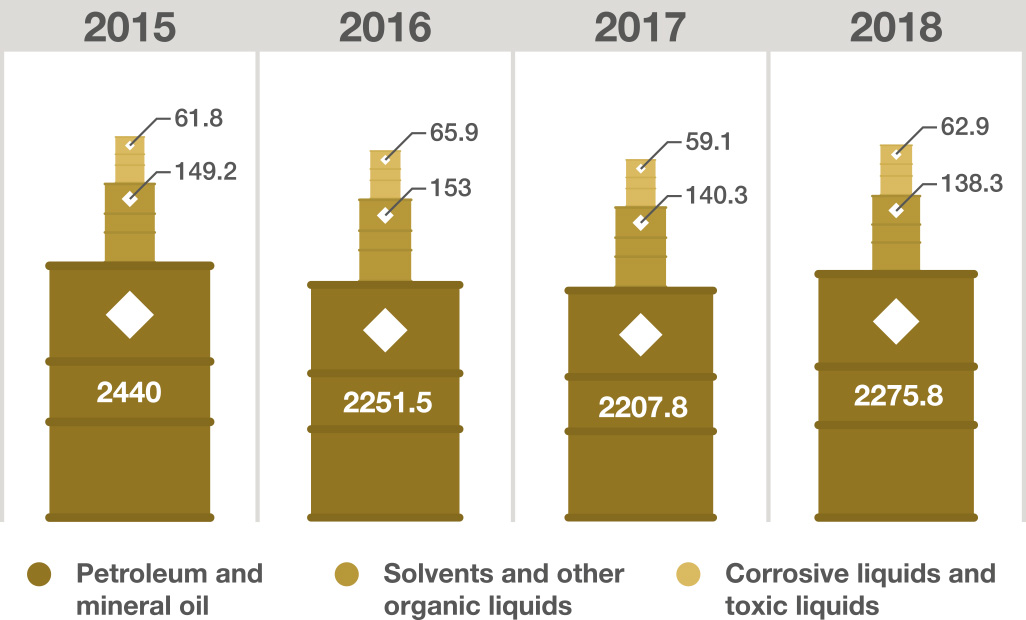The control and monitoring of the environmental impact of its activities is important to CERN. Due to its intergovernmental status, the Organization continuously collaborates with the competent authorities in both of its Host States to ensure that its environmental impact meets the requirements of their legal frameworks, and to resolve any problems encountered.
PREVENTION
Preventing radiological environmental accidents
As a result of CERN’s preventative approach and great expertise in radiation protection, no environmental accident related to radioactivity has ever been recorded at CERN.
Preventing conventional environmental accidents
CERN’s HSE Unit is responsible for the environmental monitoring of chemical and other relevant parameters. The CERN Environmental Protection Steering Board, CEPS, is responsible for following up all environmental events, near misses, and remedial actions. CEPS also has responsibility for ensuring adequate measures for the prevention of environmental incidents.
During the period covered by this report, the Organization has not had any conventional pollution event that would have led to a fine or non-monetary sanction. However, there have been some water pollution events in the past. Lessons learnt from these incidents lead to improved early detection and intervention, and the establishment of an executive team for the Prevention of Pollution by Liquid Chemical Agents, PoLiChem. Moreover, communication and emergency preparedness with local authorities was reinforced. An environmental severity scale and an emergency intervention scheme were agreed upon with Host State authorities.
Management of Hazardous Substances
 |
|
|
TYPES AND VOLUMES OF LIQUID HAZARDOUS SUBSTANCES AT CERN. Data from the PoLiChem inventory. Volume in cubic metres, m3. |
Hazardous substances with a pollution risk potential for soil and water are subject to the CERN Safety Rules on chemical agents. In addition, specific environmental measures are set according to the relevant Swiss and French regulations.
The PoLiChem executive team continuously updates the inventory of the quantities and types of liquid chemical agents present on-site and consolidates retention means following systematic risk assessments and their associated risk severity scores. During 2017 and 2018, the team reduced the number of high-risk cases by 66% through the implementation of various mitigation measures. Consolidation of the remaining cases is underway. Furthermore, replacing oil-filled transformers with dry transformers and consolidating related infrastructure was set as a priority for the Laboratory, starting in 2022.
In Focus
Julien Régnard manages the HSE Unit’s Instrumentation for Environmental Monitoring and Impact Assessment, INEMIA, project.
— How did INEMIA strengthen CERN’s environmental monitoring?
JR: INEMIA strengthened, upgraded and extended CERN’s network of environmental monitoring instruments. In June 2019, 69 measuring stations had been replaced and commissioned. The network has doubled since 2011 and now consists of 146 measuring stations generating more than 100 million data points per year. INEMIA will feed into future projects, and help us develop new technologies with cost reduction, increase precision and safety built in.
Learn more
Questions regarding this report may be addressed to Environment.report@cern.ch.
